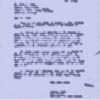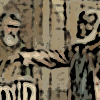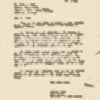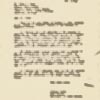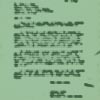1917 National Women's Party Protest
Annotation
In an effort to attract attention to woman suffrage, the National Woman's Party began a silent picket of the White House on January 10, 1917, when twelve women marched with purple, white, and gold banners—the first picket line at the White House. On the first day, the protesters went to the White House carrying pickets, and they continued their stand regardless of weather for the next six months, with special days scheduled for picketing by college women, wage-earners, and representatives from various states, occupations, and professional affiliations. More than 1,000 women participated in a rainy "Grand Picket" on March 4 at the presidential inauguration of Woodrow Wilson, who drove through the picket line without acknowledging them. The protest proved to be an embarrassment for the nation at a time when America was fighting abroad to defend freedom and democracy but could not promise the same principles at home. Note that the banner directly addresses the President.
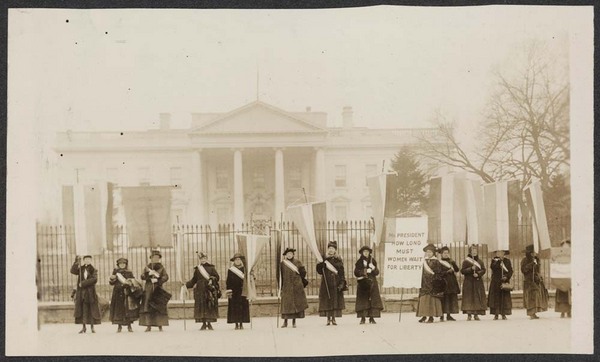
Source
"Penn[sylvania] on the picket line-- 1917," National Woman's Party Records, Group I, Container I:160, Folder: Pickets, 1917. Library of Congress.
